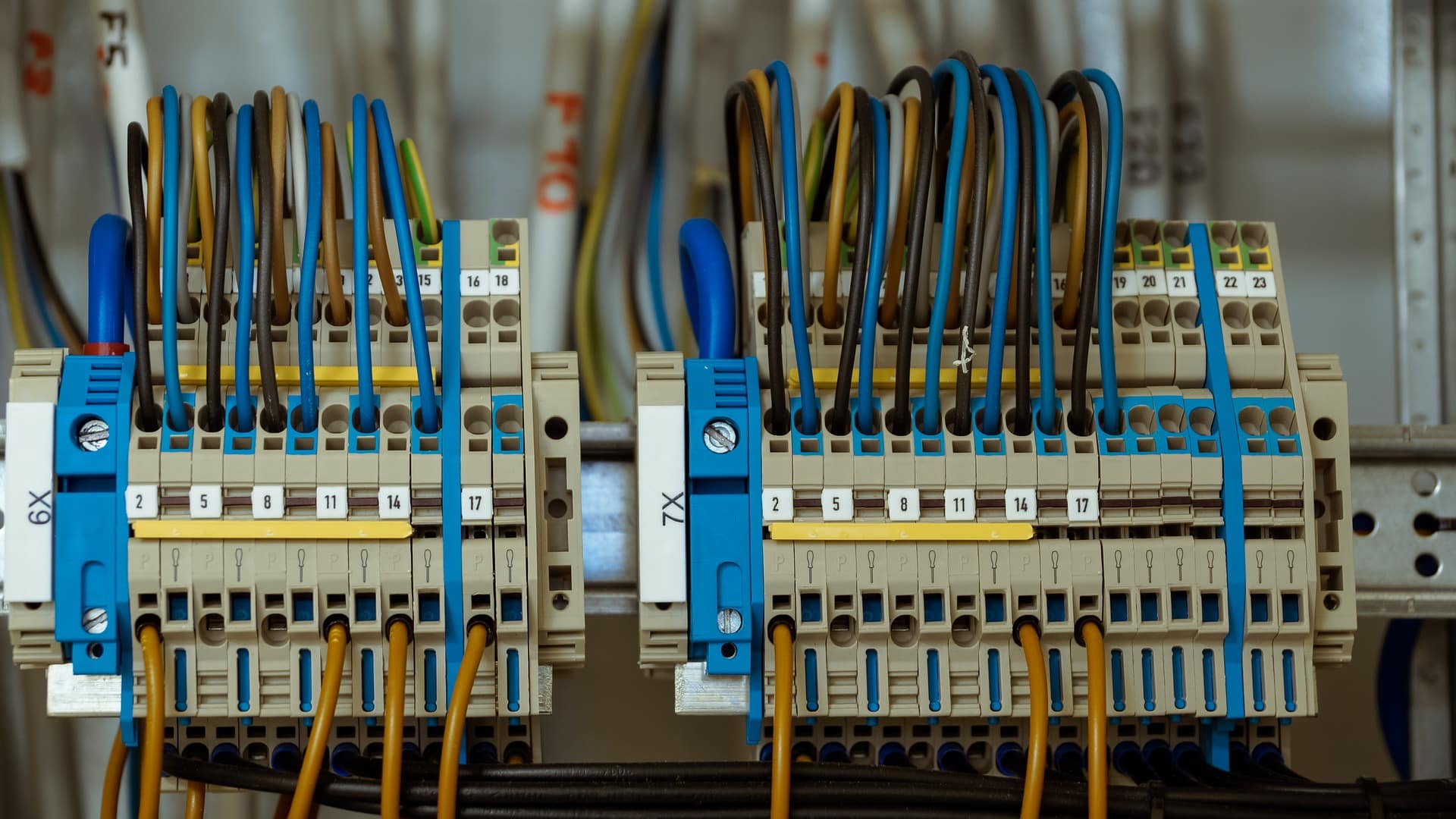As we discussed in Part 1, Ground Loops, while often not obvious, can be a significant source of frustration for system operators and integrators. This phenomenon manifests as unwanted electrical noise – audible hums in speakers, jitter on screens, noisy measurements, and bad measurement data – and it can even lead to unexpected communications loss and equipment shutdowns.
Understanding the root cause of ground loop feedback allows users to implement effective mitigation strategies.
The Balancing Act of Grounding
Grounding serves a critical safety function by preventing electrical shock. However, in electronic systems, proper grounding also plays a role in minimizing electrical noise that can degrade signal quality. This creates a crucial yet delicate balancing act: achieving optimal system performance requires a well-designed grounding scheme that prioritizes both safety and noise reduction.
The Culprits: Different Ground Potentials, Multiple Paths to Ground
In a perfect world, all grounding points would be at the exact same electrical potential.
Unfortunately, reality paints a different picture. Factors like temperature, soil moisture, and even the number and type of devices connected to the ground can introduce slight variations in resistance between grounding points.
When current flows through the ground path of a system, these resistance differences can create minute voltage variations, and ground loop problems are created. The most common scenario for ground loops occurs when multiple interconnected devices are plugged into separate circuits in the same area which have different grounding paths.
If the connection between these devices includes a ground conductor or even a shield, it creates a closed loop where electrical current can circulate and induce unwanted noise into the system. Additionally, nearby AC power lines, motors, transformers, or other sources of electromagnetic interference (EMI) can exacerbate these issues.
Mitigating Ground Loop Feedback
Combating ground loop feedback requires a multi-pronged approach:
- Prevention is Paramount: A well-designed system with attention to proper grounding and wiring practices is the first line of defense. Ideally, all grounds for sensitive equipment should be brought back to a single point in a star topology, and from this point, a low resistance cable runs back to a good earth ground. Prior to installation, a thorough inspection for any faults in the electrical system is crucial.
- Separate Ground by Function: Ground circuits related to measurements should be kept separate from safety grounds or ground that are connected to high-power equipment. Ideally, each of these should have their own ground “tree” and only be coupled together at a low impedance physical ground point.
- Avoid Multiple Connections to Ground: One of the most common ground loop issues is caused by connecting the shield of a cable to the ground at each end. This will immediately create a ground loop such that any EMI in the area will induce a current in the shield.
- Reducing Interference: Try to reduce or remove nearby EMI interference from AC power lines or high-power equipment. If this is unavoidable, use a shielded cable with one end of the shield connected to the ground.
- Isolation is Your Ally: In situations where multiple grounding points are unavoidable, employing signal isolation techniques can prevent current flow through unintended paths. Shielded cables can further enhance noise reduction for low-current applications as long as step 3 above is followed.
Galvanic Isolation for Data Acquisition: When working with data acquisition systems, consider utilizing data loggers equipped with galvanic isolation.
This design feature provides isolation between the sensitive measurement circuitry and the power supply circuits and communications interfaces. It makes them less susceptible to creating ground loops between the sensors, measurement circuitry, and computers used to process the data, ensuring accurate measurements.
Conclusion
By understanding the root causes of ground loop feedback and implementing the mitigation strategies outlined above, system integrators and operators can significantly reduce the likelihood of encountering this common yet often perplexing issue.
A well-grounded system, coupled with meticulous planning and proper equipment selection, paves the way for accurate measurements, interrupted data transfers, and a trouble-free data acquisition experience.





